O-(2,4-dinitrophenyl)hydroxylamine
- CAS NO.:17508-17-7
- Empirical Formula: C6H5N3O5
- Molecular Weight: 199.12
- MDL number: MFCD00075001
- EINECS: 241-512-6
- SAFETY DATA SHEET (SDS)
- Update Date: 2024-11-10 19:42:27
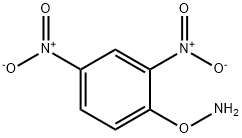
What is O-(2,4-dinitrophenyl)hydroxylamine?
Chemical properties
Light yellow solid
The Uses of O-(2,4-dinitrophenyl)hydroxylamine
O-(2,4-Dinitrophenyl)hydroxylamine is a rapid active-site-directed inhibitor of D-amino acid oxidase; modification results in specific incorporation of an amine group into an accessible nucleophilic r esidue with concomitant release of 2,4-dinitrophenol.
The Uses of O-(2,4-dinitrophenyl)hydroxylamine
Efficient agent for metal-free amination of arylboronic acids leading to primary anilines. Reagents used in Rhodium-catalyzed aziridines formation.
Preparation
To a stirred solution of 13.3 gm (0.1 mole) of t-butyl JV-hydroxycar-bamate and 5.6 gm (0.1 mole) of potassium hydroxide in 200 ml of absolute ethanol is added 20.2 gm (0.1 mole) of 2,4-dinitrochlorobenzene. The resultant deep red solution is stirred at room temperature for 1 hr; then enough glacial acetic acid is added dropwise to produce a light yellow solution. The solution is poured into 1.5 liters of cold water. The yellow oil which separates is gradually converted to crystals. The solid ?-butyl JV-(2,4-dinitrophenoxy)carbamate is separated, dried, and recrystallized from an ethyl acetate-hexane mixture to afford 16.4 gm (53%), m.p. 74-75°C. To 15 ml of trifluoroacetic acid is added 4 gm (0.0133 mole) of the i-butyl J/V-(2,4-dinitrophenoxy)carbamate. After the evolution of carbon dioxide has subsided, the solution is poured into 100 ml of ice water. The resultant oily layer crystallizes on standing to afford 2.5 gm (95%), m.p. 112°C (from ethanol).
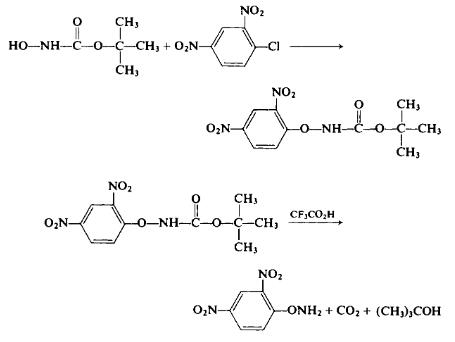
Recently it was discovered that the alkylation of ethyl JV-hydroxy-carbamate under alkaline conditions, particularly in a DMF medium at 60°C in the presence of sodium bicarbonate, leads to the ultimate formation of O-alkylated hydroxylamines. On the other hand, at 80-85°C, the direct alkylation without the presence of a base ultimately leads to N-alkylhydrox-ylamines (see Table I) [59]. The reaction of ethylazidoformate with an alcohol, while perhaps hazardous, may have some merit (Eqs. 31-33). The overall yield, based on ethyl chloroformate, is said to be on the order of 60%.
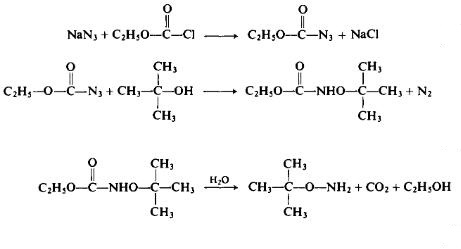
Properties of O-(2,4-dinitrophenyl)hydroxylamine
| Melting point: | 112.5°C |
| Boiling point: | 336.62°C (rough estimate) |
| Density | 1.6937 (rough estimate) |
| refractive index | 1.6910 (estimate) |
| storage temp. | 2-8°C(protect from light) |
| solubility | DMSO (Sparingly), Methanol (Slightly) |
| form | solid |
| pka | -1.07±0.70(Predicted) |
| color | yellow |
Safety information for O-(2,4-dinitrophenyl)hydroxylamine
| Signal word | Warning |
| Pictogram(s) |
 Exclamation Mark Irritant GHS07 |
| GHS Hazard Statements |
H302:Acute toxicity,oral H315:Skin corrosion/irritation H319:Serious eye damage/eye irritation H335:Specific target organ toxicity, single exposure;Respiratory tract irritation |
| Precautionary Statement Codes |
P261:Avoid breathing dust/fume/gas/mist/vapours/spray. P305+P351+P338:IF IN EYES: Rinse cautiously with water for several minutes. Remove contact lenses, if present and easy to do. Continuerinsing. |
Computed Descriptors for O-(2,4-dinitrophenyl)hydroxylamine
O-(2,4-dinitrophenyl)hydroxylamine manufacturer
TRUE LABS
Yuvjai Labs
New Products
Trans-methyl 4-aminocyclohexane- carboxylate HCl 3-(hexyloxy)-4-(pyridin-3-yl)-1,2,5-thiadiazole 2-Propanamine, 1-chloro-, hydrochloride (9CI) 3-Pyridineacetonitrile, α-hydroxy- 3-Iodophenylacetic acid (S)-1-Boc-3-methanesulfonyloxy-pyrrolidine Cyclohexane, (2-propynyloxy)- 3-Bromobenzaldehyde, 95% 2-Naphthol, 98% Cysteamine hydrochloride, 98% Copper(II) bromide, 98% 1-Chloro-2,4-difluorobenzene,98% Dodecylbenzenesulfonic acid, 95% L-Glycine methyl ester.HCl Fmoc-L-Tyr(tBu)-OH Calcium Alphaketoglutarate* H-Ser(t-Bu)-Ser(t-Bu)-Gly-OH Fmoc-Ser(tBu)-Ser(Ψ(Me,Me)pro-OH Triphosgene 5-Cyanophthalide 10-Methoxy-5H-dibenz[b,f]azepine L-Glutamic Acid Dimethyl Ester Hcl 2-AMINO-3,5-DIBROMO BENZALDEHYDE [ADBA] 4-(3,4-Dichlorophenyl)-3,4-Dihydro-N-Methyl-1-(2H)-Naphthalenimine (Schiff Base)Related products of tetrahydrofuran


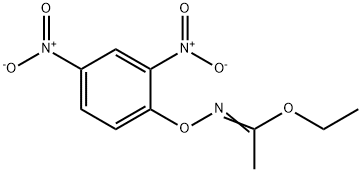

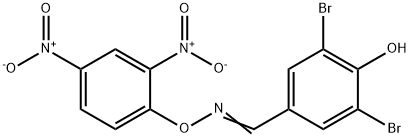
You may like
-
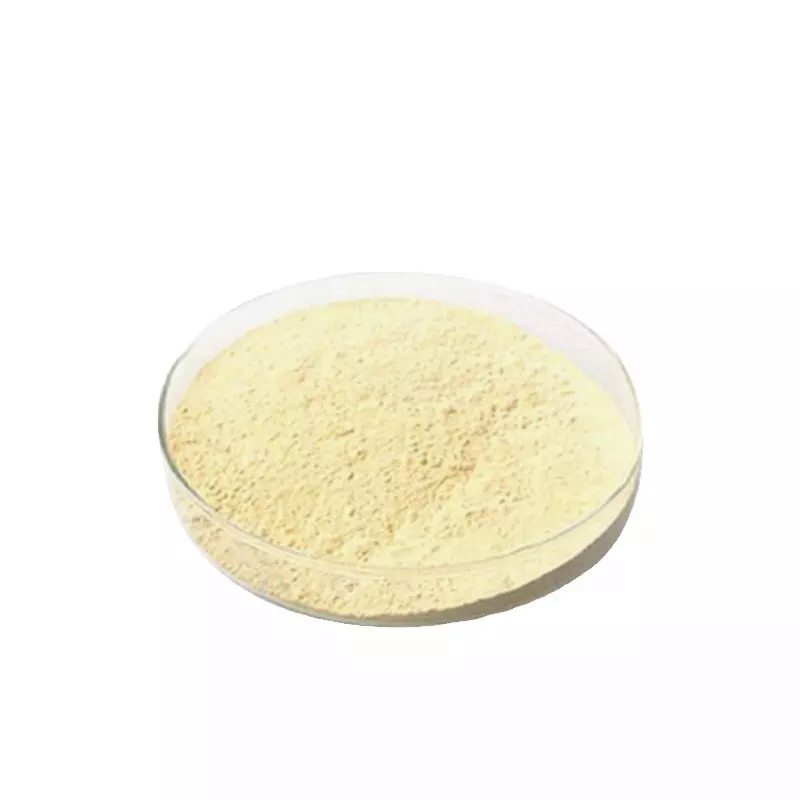 17508-17-7 o-(2 4-dinitrophenyl)hydroxylamine 98%View Details
17508-17-7 o-(2 4-dinitrophenyl)hydroxylamine 98%View Details
17508-17-7 -
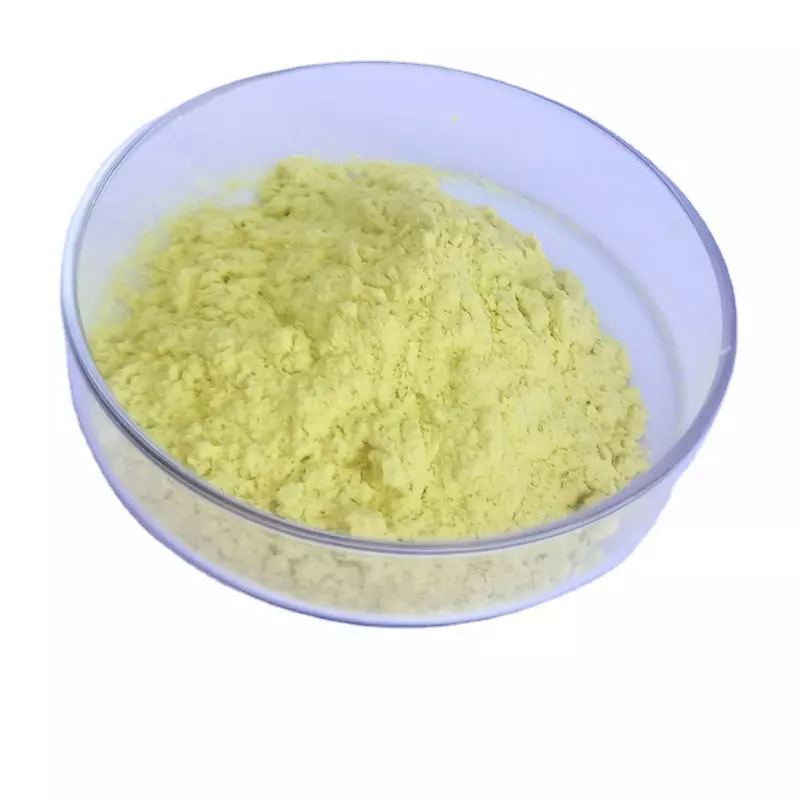 17508-17-7 98%View Details
17508-17-7 98%View Details
17508-17-7 -
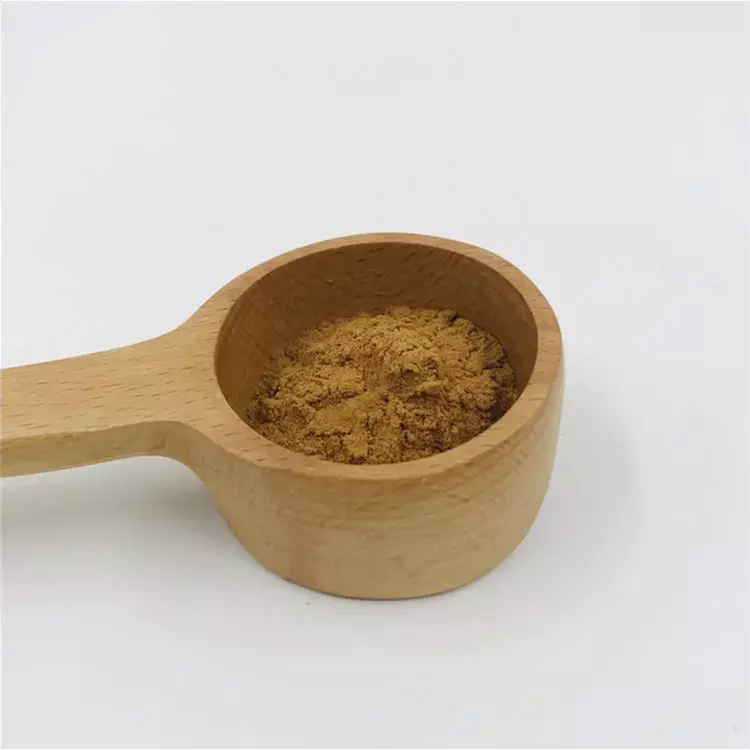 O-(2,4-Dinitrophenyl)-hydroxylamine 17508-17-7 98%View Details
O-(2,4-Dinitrophenyl)-hydroxylamine 17508-17-7 98%View Details
17508-17-7 -
 2,4-Dinitrophenylhydroxylamine 98%View Details
2,4-Dinitrophenylhydroxylamine 98%View Details
17508-17-7 -
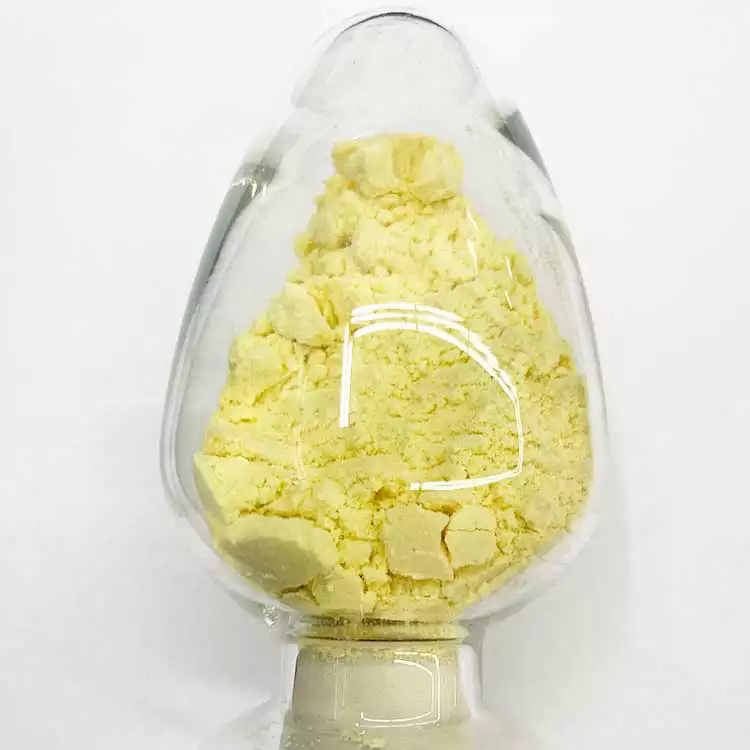 17508-17-7 O-(2,4-Dinitrophenyl)-hydroxylamine 98%View Details
17508-17-7 O-(2,4-Dinitrophenyl)-hydroxylamine 98%View Details
17508-17-7 -
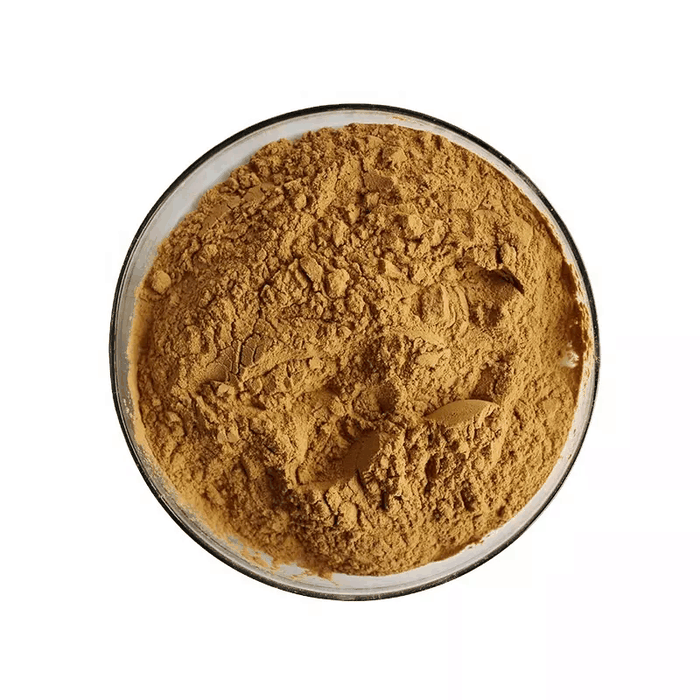 17508-17-7 99%View Details
17508-17-7 99%View Details
17508-17-7 -
 O-(2,4-Dinitrophenyl)hydroxylamine CAS 17508-17-7View Details
O-(2,4-Dinitrophenyl)hydroxylamine CAS 17508-17-7View Details
17508-17-7 -
 O-(2,4-dinitrophenyl)hydroxylamine 98%View Details
O-(2,4-dinitrophenyl)hydroxylamine 98%View Details
17508-17-7
